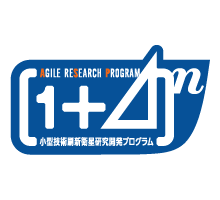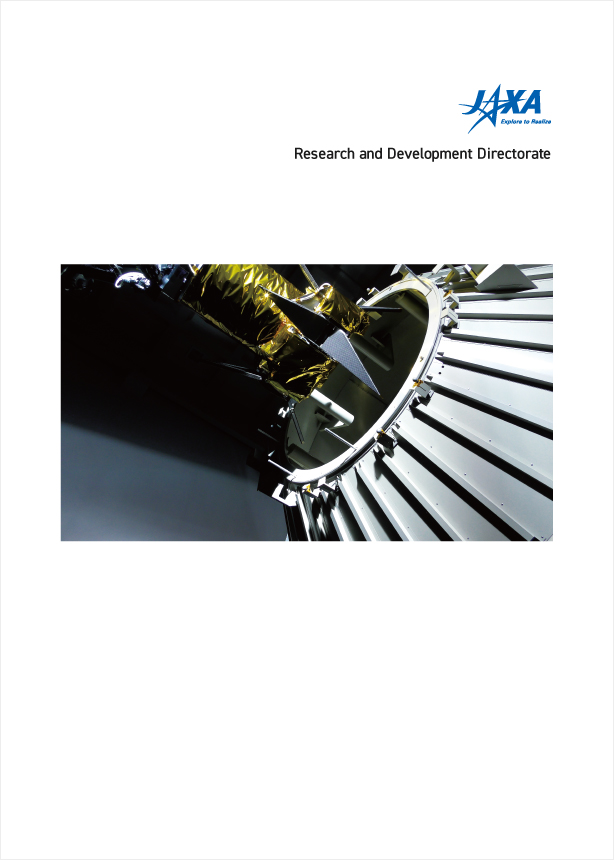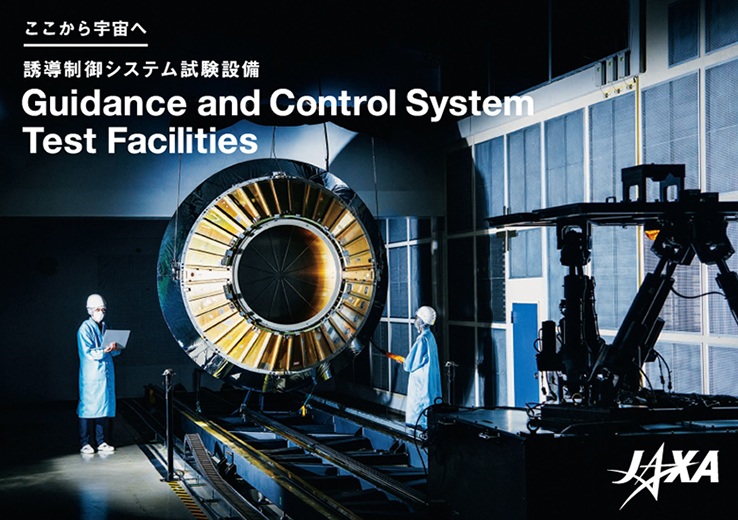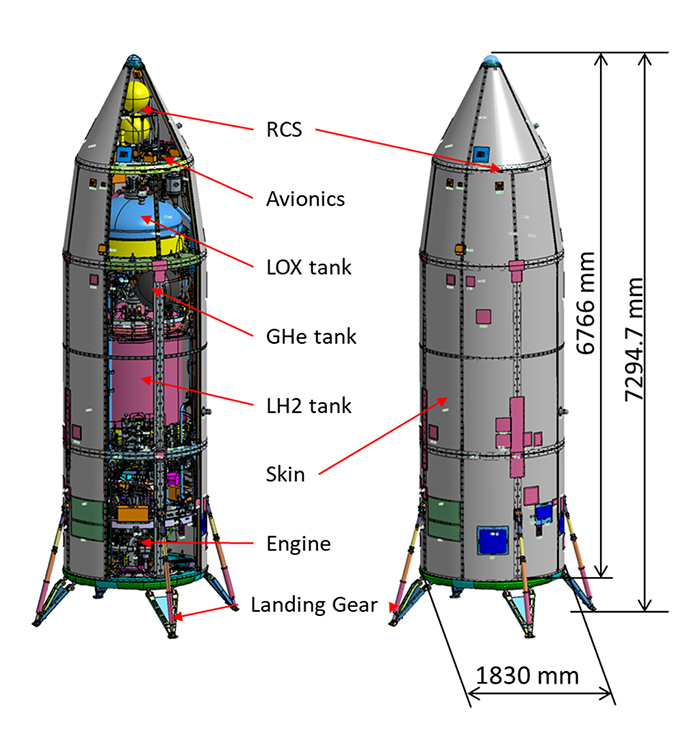
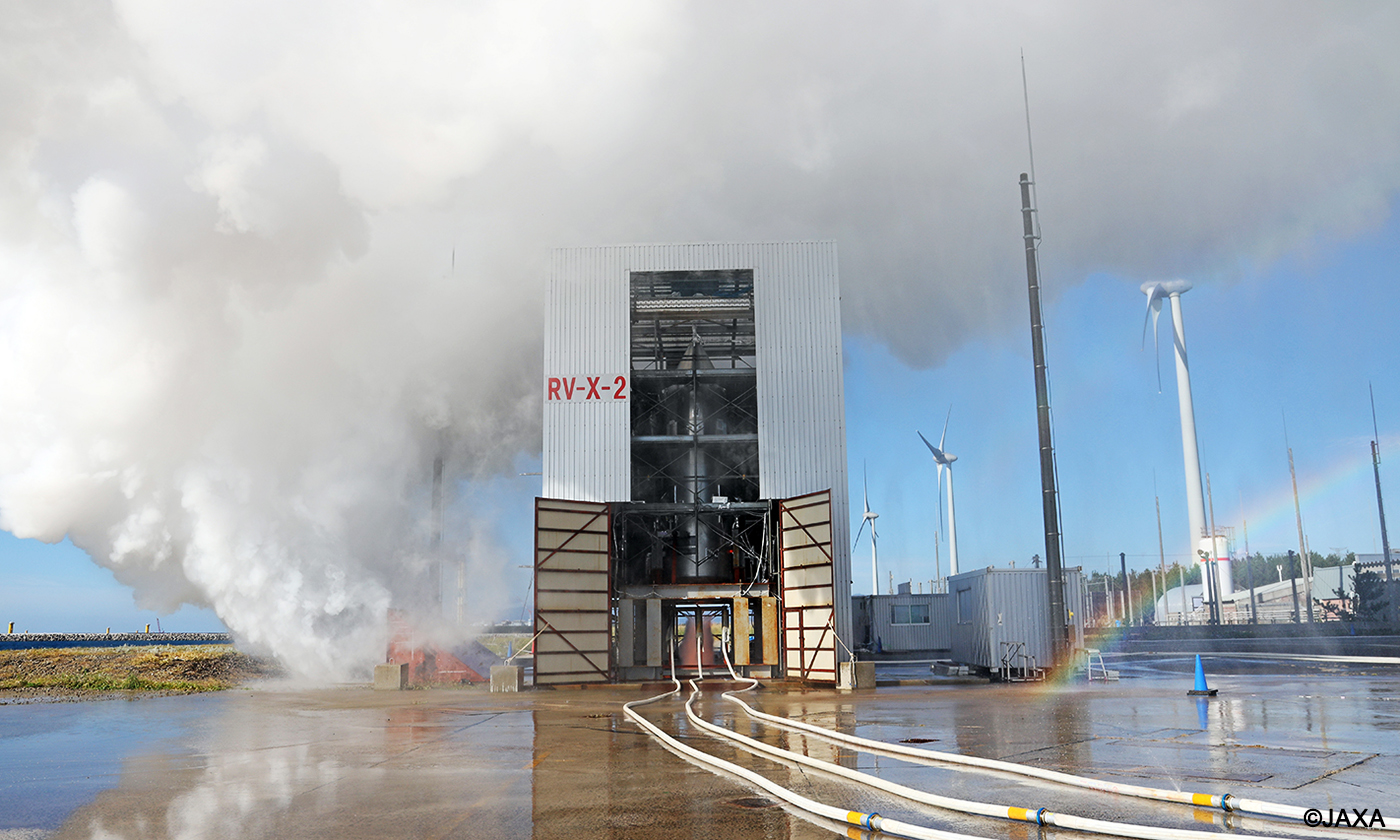
The Value of Our Research
As the RV-X research activities are conducted as joint research with Mitsubishi Heavy Industries, the research activities are able to fully utilize past reusable launch vehicle studies conducted by JAXA at a low cost.
In terms of other countries, the only country that is currently successful in reusing rockets is the United States, and Japan must seriously take on research and development to realize the reusable flagship launch vehicles in Japan. The ultimate goal of reusable launch vehicle is high-frequency flights with the same vehicle, like airplanes. To achieve this, it is necessary to fundamentally change the method of operating current expendable rockets. Establishing this method with RV-X will be vitally important towards developing reusable launch vehicles in future.
Until now, the main parts of the RV-X body assembly have been completed, and from the summer of 2018, we are executing the ground firing tests to obtain necessary data.
Research Goals
Working toward reliable flight tests for RV-X, we must conduct research while setting various milestones in the research process.
In the summer of 2018, we carried out ground firing tests at the Noshiro rocket testing center as one of the important milestones towards the flight tests, and in addition to establishing the basic procedure for operating the vehicles, we successfully obtained engine performance at various thrust levels.
With the ground firing tests, which we plan to execute next, our aim is to confirm thrust vectoring characteristics and the independence of the mounted computer under wireless communications, thus obtaining data on how to execute tests safely. After this, following drop tests to grasp the shock absorbance features and overturn prevention characteristics using landing gear, we plan to perform flight tests in which we ascend to altitudes of approximately 100m, and land after moving horizontally while hovering.
Through this series of tests, we aim to establish a vehicle operation method that will be important when developing reusable launch vehicles in future, and establish navigation and guidance, control logic in landing sequences not present in Japanese expendable rockets. After these low-altitude flight tests, aiming for high altitudes in future, we plan to make the vehicle even more lightweight and try out various returning methods to seek out the optimal method.



